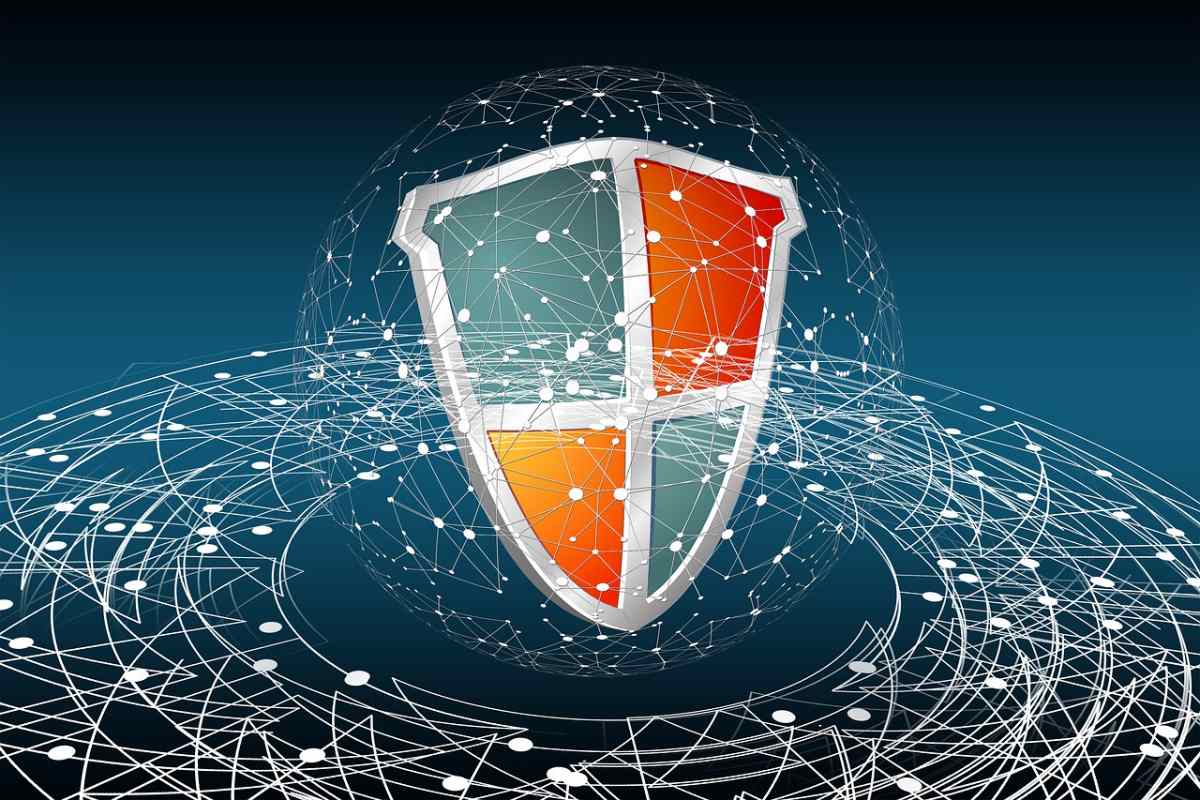In the ever-evolving landscape of technology, cyber threats have grown and transformed, presenting new challenges and sophisticated dangers to individuals and organisations alike. This journey through the digital age is marked by the continuous evolution of these threats, reflecting the dynamic interplay between technological advancements and the innovative tactics of cybercriminals.
The Early Days of Digital Threats
The initial phase of cyber threats can be traced back to the late 1980s and early 1990s. During this era, threats were relatively basic and often limited to simple computer viruses and malware. These early forms of cyber threats were primarily designed to disrupt systems or gain notoriety for the attackers, rather than for financial gain or espionage.
The Rise of Internet-based Threats
As the internet gained popularity in the late 1990s and early 2000s, cyber threats evolved to exploit the widespread connectivity. This period saw the emergence of worms, Trojan horses, and the first instances of phishing attacks. These threats were more sophisticated, leveraging the interconnected nature of systems to spread rapidly and cause more significant harm.
Sophistication in the Modern Era
The current landscape of cyber threats is marked by a high degree of sophistication and complexity. Cybercriminals now employ advanced techniques such as ransomware, cryptojacking, and state-sponsored attacks. These threats are not just more technologically advanced, but are also highly targeted, often aiming at specific organisations or sectors to maximise impact.
The Role of Artificial Intelligence and Machine Learning
In recent years, the use of artificial intelligence (AI) and machine learning (ML) by cybercriminals has added a new dimension to the threat landscape. These technologies enable the automation of attacks, making them faster and more efficient. AI and ML are also used in crafting more convincing phishing emails and in evading detection by security systems.
Cyber Attack Lifecycle: A Framework for Understanding Threats
Understanding the evolution of cyber threats is incomplete without recognising the cyber attack lifecycle. This concept provides a framework for understanding how digital attacks unfold, from the initial reconnaissance stage to the eventual execution of the attack. By comprehending this lifecycle, organisations can better prepare and respond to cyber threats.
The Future of Cyber Threats
Looking ahead, the landscape of cyber threats is expected to continue evolving. The proliferation of Internet of Things (IoT) devices, the advent of 5G technology, and the increasing reliance on cloud services will open new avenues for cyber threats. Additionally, as geopolitical tensions rise, the possibility of cyber warfare and politically motivated attacks becomes more pronounced.
Final Thoughts
The evolution of cyber threats is a testament to the ongoing battle between cybersecurity professionals and cybercriminals. It highlights the need for continuous vigilance, advanced security measures, and a thorough understanding of the cyber attack lifecycle to protect digital assets in this ever-changing landscape. As we forge ahead, staying informed and prepared will be key to navigating the digital dangers of the future.







